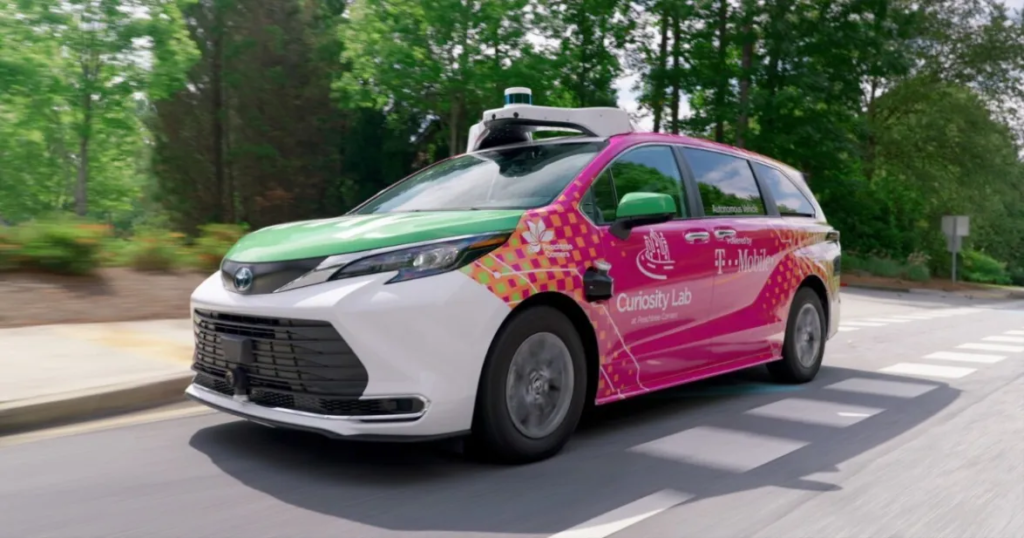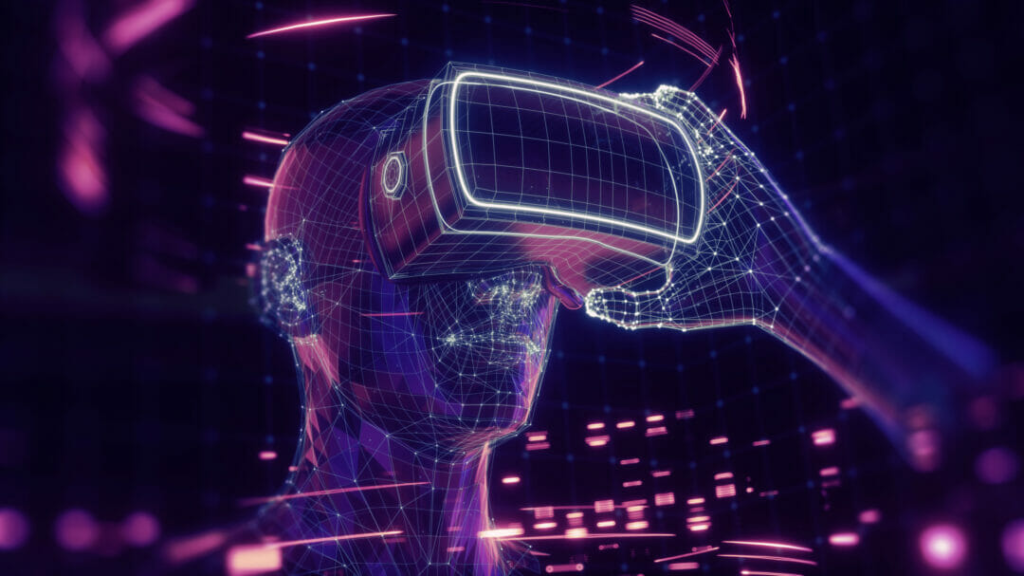Nintendo has officially ended the speculation, giving fans their first glimpse of the highly anticipated Nintendo Switch 2. A teaser video for the second-generation console was unveiled today, building excitement for the upcoming Nintendo Direct event scheduled for April 2, 2025. While the exact market launch date remains undisclosed, more details are expected during the event.
In addition, Nintendo has announced hands-on experience events across North America, Europe, and Asia. In the United States, these events will be held in Los Angeles, New York, and Dallas, starting in the first week of April. Fans will have the chance to explore the new console’s features firsthand.
Updated Design and Features

The Nintendo Switch 2 retains the iconic design of its predecessor but introduces several refinements. The Joy-Con controllers have a slightly more rounded shape, enhancing comfort during extended play sessions. The kickstand has been redesigned for a more polished appearance, and the USB-C port has been repositioned to the top edge for added convenience.
A notable new feature is the addition of a physical button on the right-side Joy-Con, located just below the Home button. Although Nintendo has not yet revealed its function, this button hints at new gameplay possibilities. Additionally, the shoulder buttons have been enlarged, improving usability and tactile feedback.
Backward Compatibility and Exclusive Games

Nintendo has confirmed that the Switch 2 will support backward compatibility, allowing gamers to enjoy their existing game libraries. At the same time, the console will launch with a collection of exclusive titles. Exclusive games were a cornerstone of the original Switch’s success, and Nintendo seems determined to replicate this strategy by delivering a strong lineup of new titles.
Speculation on Hardware Upgrades
Although Nintendo has not disclosed the technical specifications, leaks and reports provide a glimpse into the console’s potential. According to ZachyCatGames, a data miner on Famiboards (via Beebom), the Switch 2’s CPU may feature Arm’s Cortex-A78 cores in an octa-core configuration, running at 998.4 MHz.
In docked mode, the CPU is expected to exceed 1GHz, while the GPU is rumored to deliver over 3 TFLOPS of performance. The graphics processor, reportedly Nvidia’s T239 GPU based on the Ampere architecture, may include 1,534 CUDA cores, six texture processing clusters, 48 Tensor cores, and two ray-tracing cores. This marks a substantial improvement in graphical capabilities.

The console is also rumored to include 12GB of LPDDR5 memory, ensuring faster performance and smoother gameplay. DigitalFoundry’s analysis (via GameSpot) supports these claims, suggesting that the Switch 2 could set a new standard for handheld gaming.
What to Expect
The Nintendo Switch 2 is shaping up to be a revolutionary console, offering significant improvements in both design and performance. Unlike the OLED model, which primarily focused on display enhancements, the Switch 2 is expected to deliver a comprehensive upgrade that appeals to both casual and dedicated gamers.
As the Nintendo Direct event approaches, anticipation continues to build for more information about pricing, release dates, and additional features. For now, the teaser and leaked details provide plenty of reasons to look forward to Nintendo’s next big innovation. Stay tuned for further updates on the Nintendo Switch 2, as it promises to redefine the handheld gaming experience.








